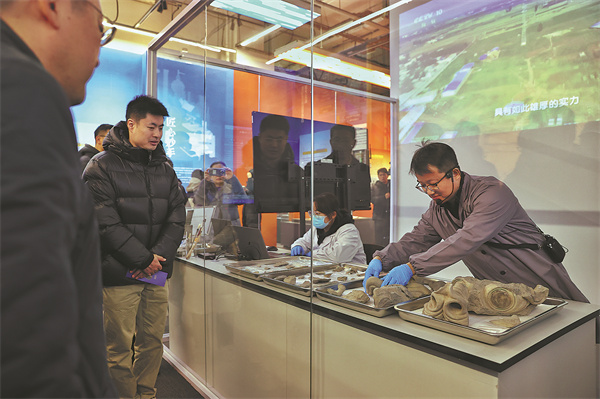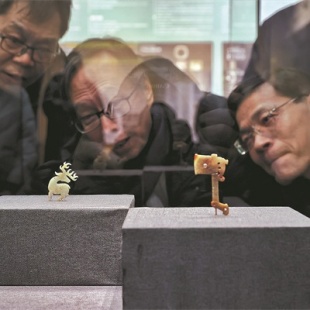A tribute to craftsmanship
Exhibition highlights exquisite skills and technical knowledge of ancient artifacts, Yang Feiyue reports.


According to Liu Guoxiang, director of the Chinese Archaeological Museum, the age of the pottery was determined through stratigraphic analysis and carbon-14 dating. "In recent years, the integration of technology into archaeology — from excavation and preservation to interpretation and display — has become increasingly vital," he says.
The Xianren Cave pottery fragment reveals that ancient Chinese communities were already crafting and using pottery. Over the following millennia, Chinese ceramics evolved through remarkable technological advancements, artistic diversity, and continuous production, becoming a unique phenomenon in ceramic history worldwide.
Painted pottery includes double-handled pots and jars that were rooted in the Majiayao culture, which boasts more than 5,000 years of history and is based in the upper reaches of the Yellow River and its tributaries.
Despite the passage of thousands of years, the intricate and unique patterns on these artifacts remain strikingly vivid.
Painted pottery fragments dating back around 9,000 years have been unearthed at the Shangshan site in Pujiang county, Zhejiang province. It suggests prehistoric potters had mastered the technique of painting mineral pigments onto pottery surfaces before firing, experts say.





































